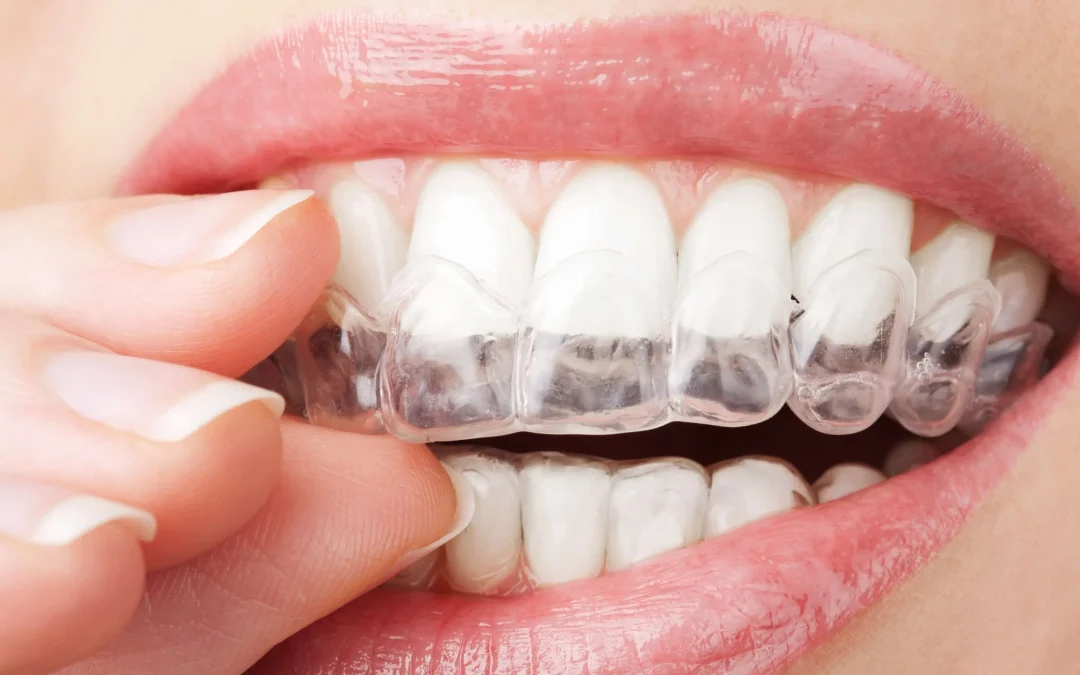Welcome to our comprehensive guide on Invisalign treatment and its availability on the NHS. Many individuals seek orthodontic treatment to enhance their smiles, and Invisalign has become a popular choice due to its discreet and convenient nature. In this article, we will delve into what Invisalign is, its benefits, and whether you can access this treatment through the NHS. With simple language, clear explanations, and practical insights, let’s explore the world of Invisalign and its potential NHS coverage.
What Is Invisalign?
Invisalign is a modern orthodontic treatment that involves the use of clear, removable aligners to straighten teeth. Unlike traditional braces, Invisalign aligners are virtually invisible, making them a discreet option for individuals seeking orthodontic correction.
The Benefits of Invisalign
Invisalign offers a range of advantages for those considering orthodontic treatment:
1. Discreet Appearance
Invisalign aligners are transparent, allowing you to straighten your teeth without the noticeable appearance of traditional braces.
2. Comfort and Convenience
Invisalign aligners are removable, making it easier to eat, brush, and floss compared to fixed braces.
3. Predictable Results
Invisalign treatment is highly precise, and the process is carefully planned, resulting in predictable outcomes.
4. Improved Oral Health
Straightening your teeth with Invisalign can lead to improved oral health, as aligned teeth are easier to clean and maintain.
How Invisalign Works
The Invisalign treatment process involves several steps:
1. Consultation
Your journey begins with a consultation with an Invisalign-trained dentist. During this appointment, your goals and expectations will be discussed.
2. 3D Scanning and Treatment Planning
Advanced 3D scanning technology is used to create a precise digital impression of your teeth. This impression is used to plan your treatment and create a series of custom aligners.
3. Aligner Usage
You will wear a set of aligners for approximately 1-2 weeks, after which you will switch to the next set. Each aligner gradually shifts your teeth into the desired position.
4. Monitoring and Progress Checks
Throughout your treatment, you will have regular check-ups with your Invisalign provider to monitor your progress and make any necessary adjustments.
5. Retention
After completing your treatment, you will be provided with a retainer to maintain the new position of your teeth.
NHS Coverage for Invisalign
As of our knowledge, Invisalign is not typically available on the NHS for cosmetic purposes. The NHS primarily covers orthodontic treatment for cases that affect a patient’s oral health or overall well-being.
Orthodontic treatment on the NHS is usually considered for the following reasons:
- Severe Crowding: When teeth are severely crowded, making it difficult to clean and maintain proper oral hygiene.
- Severe Protrusion: Cases where teeth protrude significantly, increasing the risk of injury or causing functional problems.
- Cleft Lip and Palate: Individuals born with cleft lip and palate often require orthodontic treatment as part of their overall care.
- Functional Problems: Cases where orthodontic issues impact a patient’s ability to eat, speak, or maintain proper oral health.
Accessing Invisalign Treatment
If you’re interested in Invisalign treatment and it is not covered by the NHS for your specific case, you have the option to seek private treatment from a qualified Invisalign provider. Many dental practices offer Invisalign as a private treatment option, and the cost can vary depending on the complexity of your case and the duration of treatment.
Key Considerations
Here are some important factors to keep in mind if you are considering Invisalign treatment:
- Consultation: Schedule a consultation with an Invisalign-trained dentist to assess your eligibility and discuss your treatment goals.
- Cost: Private Invisalign treatment comes with a cost, so it’s important to inquire about pricing and payment plans.
- Duration: The duration of Invisalign treatment varies depending on your specific needs, but it is often shorter than traditional braces.
- Maintenance: Proper care and maintenance of your aligners are essential for successful treatment.
- Retainers: After completing the Invisalign treatment, you will need to wear retainers to maintain your new smile.
Conclusion
Invisalign is a popular orthodontic treatment known for its discreet and effective approach to straightening teeth. While it is not typically covered by the NHS for cosmetic purposes, many individuals choose to invest in private Invisalign treatment to achieve the smile they desire. If you are considering Invisalign, it’s important to consult with an Invisalign-trained dentist like Oldmachar Dental Care to discuss your suitability, treatment plan, and associated costs.

